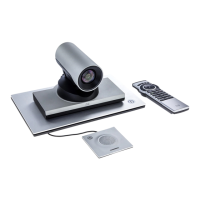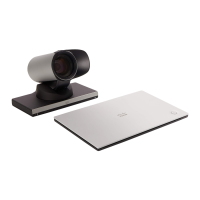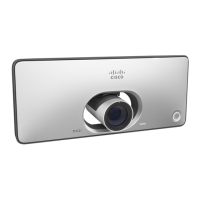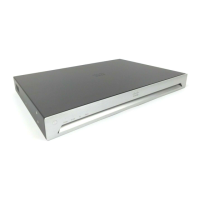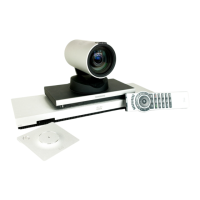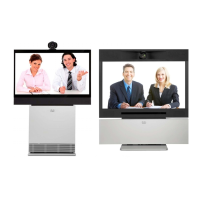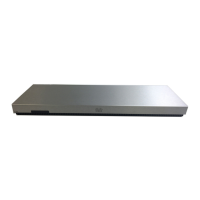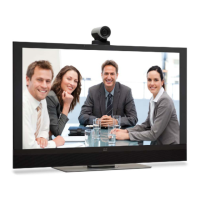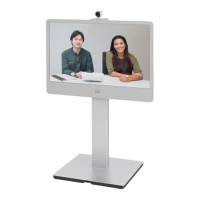D15329.08 SX20 Administrator Guide CE9.2, NOVEMBER 2017. www.cisco.com — Copyright © 2017 Cisco Systems, Inc. All rights reserved.
7
Cisco TelePresence SX20 Quick Set Administrator Guide
User interface features
• The Settings panel is restructured.
• The Settings panel in the user interface (Touch 10 or
on-screen) can be protected by the video system’s
admin password. If the password is blank, anyone can
access the Settings and factory reset the system.
• If you select the Russian language on the user
interface, you can choose between a Russian
keyboard and a keyboard with a Latin character set.
• Arabic and Hebrew languages are added to the user
interface. Also localized keyboards are included.
• Basic IEEE 802.1x settings are added to the Settings
panel in the user interface.
Mute and unmute remote participants in a CMS
hosted conference (Active Control)
When a video system is enabled for Active Control in a
CMS (2.1 or later) conference you can mute and unmute
remote participants from the participant list on the user
interface (the feature must also be enabled on the CMS).
A video system that is running software version CE9.2 will
not be unmuted directly. When you try to unmute such
a video system remotely, a message will show up on its
screen requesting the user to unmute the audio locally.
API commands for Custom input prompt
API commands are introduced to allow for an input prompt
in the user interface:
xCommand UserInterface Message
TextInput *
. When issuing the display command a
prompt with your custom text, a text input field for
the user, and a submit button, shows up on the user
interface. For example, you can prompt a user to leave
feedback after an ended call. You can specify what type
of input you want from the user: single line text, numeric,
password, or PIN code.
The prompt can only be enabled via the API, so it is
recommended to combine it with macros and either a
custom user interface panel or an auto-triggered event.
Certificate upload via API
ASCII PEM formatted certificates can be installed
directly using multiline API commands (
xCommand
Security Ceritifcates CA Add
, or
xCommand Security
Ceritifcates Services Add
). You can also upload
certificates to a video system from its web interface, as
before.
API commands for user management
You can create and manage user accounts directly using
API commands (
xCommand UserManagement User *
). As
before, you can also do this from the video system’s user
interface.
Preview mode for In-Room Controls
The In-Room Control editor has a new preview mode.
A virtual Touch 10 user interface shows how the
design looks on the user interface. The user interface
is interactive so that you can test the functionality. It
produces real events on the video system, which can
trigger any functionality you have created with a third-
party control system or with a macro. A console in
the right pane displays both the widget values when
interacted with, and control system feedback messages.
Intelligent Proximity changes
A Proximity indicator is displayed on the screen (middle
right) to inform that one or more clients are paired to the
system with Cisco Proximity. The old indicator (top left),
which was always shown when Proximity was enabled,
has been removed.
You can no longer disable the Proximity services from the
user interface.
The ultrasound settings have moved from Peripherals
Pairing Ultrasound to Audio Ultrasound.
Automatic factory reset when changing the call
service (device activation)
The video system will automatically factory reset and
restart when using the user interface to change the
device activation method, for example from VCS to Cisco
UCM. This will prevent conflicting configurations when
provisioning the video system to a new service.
Changing the provisioning from the API will not
automatically factory reset the video system.
Support for separate RTP port ranges for audio
and other media
You can configure the video system so that audio uses
a different RTP port range than other media. The two
ranges cannot overlap. As default, all media use the same
RTP port range.
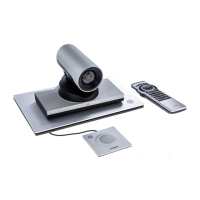
